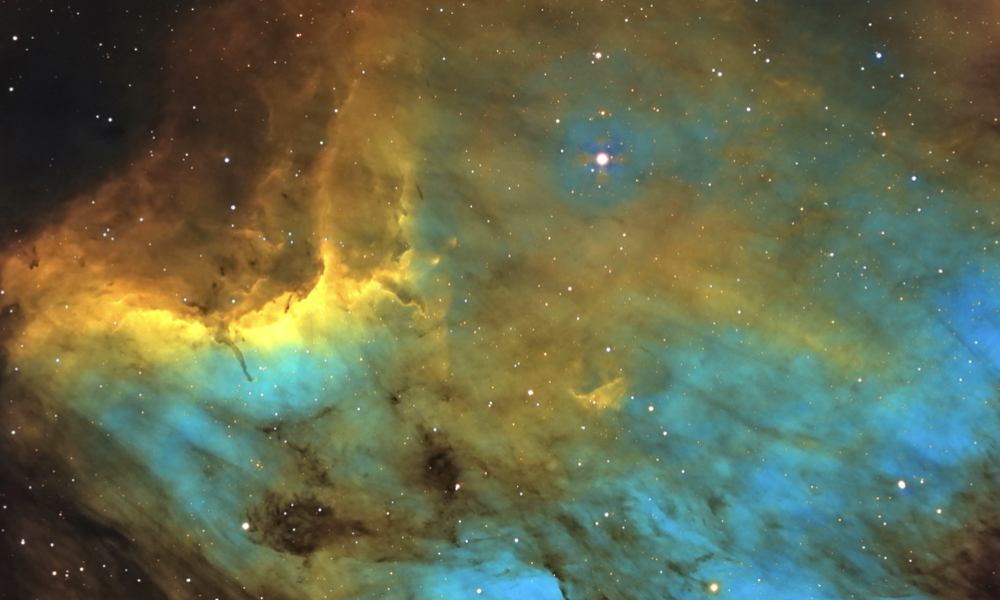
ESA Open Invitation to Tender AO9664
Open Date: 25/01/2019
Closing Date: 22/03/2019 13:00:00
Status: ISSUED
Reference Nr.:18.18I.12
Prog. Ref.:Preparation Element;Fut.Mis.Prep.
Budget Ref.: E/0600-05 – Preparation Element;E/E104-E5 – Fut.Mis.Prep.
Special Prov.: AT+BE+CH+CZ+DE+DK+EE+ES+FI+FR+GB+GR+HU+IE+IT+LU+NL+NO+PL+PT+RO+SE+SI+CA
Tender Type: C
Price Range: > 500 KEURO
Products: Satellites & Probes / Other / Satellites & Probes / Payloads / Instruments / Optical Instruments / Imaging radiometers / Satellites & Probes / Payloads / Instruments / RF and microwave Instruments / Imaging Radars
Techology Domains: Others / RF Systems, Payloads and Technologies / RF Payloads / EO Instruments / System Design & Verification / Mission and System Specification / Requirement Engineering / System Design & Verification / System Analysis and Design / Design and Simulation / System Design & Verification / System Analysis and Design / Multidisciplinary Analysis
Establishment: ESTEC
Directorate: Directorate of EO Programmes
Division: Future Missions & Instrument Division
Contract Officer: Ipsilanti, Anna
Industrial Policy Measure: N/A – Not apply
Last Update Date: 25/01/2019
Update Reason: Tender issue
G-CLASS:H2O: Geosynchronous Continental Land-Atmosphere Sensing System is a mission aiming at the observation of the key processes of the daily water cycle to improve prediction capability of intense rainfall and related flooding and landslides, to improve the understanding of the diurnal water cycle and to enable the near real time prediction of ground motion.The procurement in subject includes the Phase 0 system studies and Phase A system studies which will be performed through a phased contract. After completion ofPhase 1, the results of the Phase 0 will be used as input for the downselection of the candidate Earth Explorer 10 missions. If theG-CLASS:H2O mission is selected to start Phase A activities, the second Phase of the contract will be initiated, otherwise the contract will be terminated. Subject to reception of good quality proposals, it is intended to place 2 parallel contracts.The Phase 0 system study will cover all elements of the mission architecture: space segment (platforms and instruments), ground segments, operations and exploitation concepts. These studies will be based on the Agencys Statement of Work (SoW) and the Mission Assumptions and preliminary Technical Requirements (MATER). The study will be organized in three parts. The first part will include the analysis of requirements, identification of system concept options and of trade-off criteria, preliminary definition of candidate concepts and execution of trade-offs, and selection of the system baseline concept and relevant options. The first part will end with the Mid TermReview (MTR). At MTR, the Agency will approve the selection of the system baseline concept and relevant options. The second part will include the detailed definition of the system baseline concept and relevant options, consolidation of engineering and performancebudgets, identification of critical technologies, preliminary definition of the development philosophy, verification and validationapproach, preliminary development plan and ROM cost estimate, inputs for the preparation of the System Requirements Document (SRD),and draft final report. The second part will end with the Mission Architecture Review (MAR). At MAR, the Agency will further assessthe technical and programmatic maturity of the system concept. Risk retirement activities will also be identified and initiated within theframe of the study, to raise TRL of critical technologies, with a final goal to reach TRL 5 by the end of phase B1. The third part will deal with the consolidation of the technical data package and of the final report. It will be concluded by a Close-out Meeting/Final Presentation.The expected duration of the Phase 0 system study is 14 months from kick-off to final approval of all deliverables.The Phase A system study will address all elements of the mission architecture, namely space segment (platform and payload), ground segment, mission operations and exploitation. Special attention will be devoted to minimizing the mission cost throughout theentire study and in an end-to-end manner. Specific risk-reduction measures to ensure that the cost of the mission will be within the target for the tenth Earth Explorer mission will be identified and the corresponding risk mitigation activities will be part of the plan of work. The Phase A system study will be based on the Statement of Work (SoW) applicable from the beginning of the contract and the System Requirements Document (SRD) established by ESA and consolidated at the end of the phase 0. The Phase A system studywill be organized in three parts. The first part will deal with the analysis of requirements, identification of system concept options and of trade-off criteria, preliminary analysis and definition activities, trade-off of options and selection of the technical baseline. System performance simulators will be used in support of trade-off analyses. Models for use in an end-to-end missionperformance simulator will also be refined all along the study. RRelevant technology pre-developments will be initiated within the frame of the study, to raise TRL of critical technologies, with the aim to reach TRL 4 by the end of phase A, and with a final goal to reachTRL 5 by the end of phase B1. The first part will end with the Preliminary Concepts Review (PCR).The second part of the Phase A system study will include the detailed analysis and definition of the selected technical baseline. Supported by appropriate analysis,all elements of the mission architecture, namely space and ground segment, platform and payload, operations and exploitation, will be defined at the level of detail required to conclude clearly on feasibility and result in cost estimates with good confidence. The second part will end with the Preliminary Requirements Review (PRR), where the capability of the proposed technical concept to meet the system requirements will be demonstrated. Based on the PRR findings, the shorter Part 3 will end with the approval of all updated deliverablesThe expected duration of the Phase A system study is 14 months from kick-off to final approval of all deliverables.Phase B1 will be placed as a rider to the Phase 0/A contract of the mission which will finally be selected for implementation.
